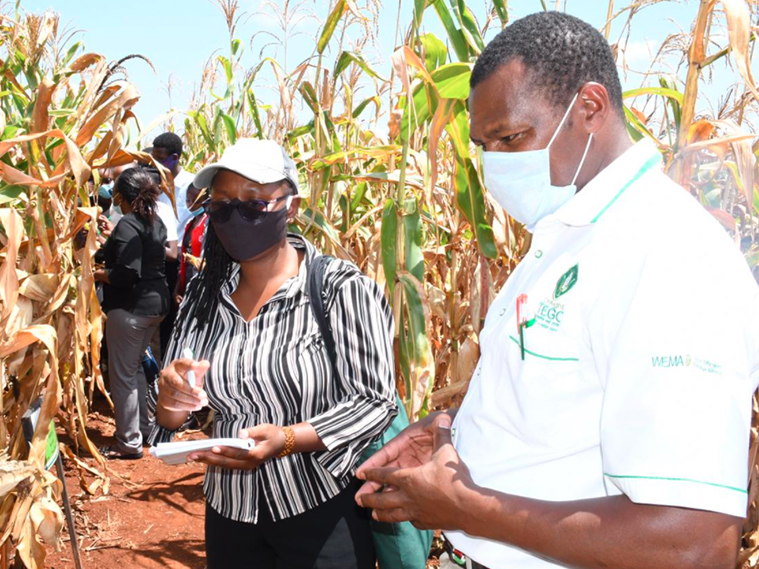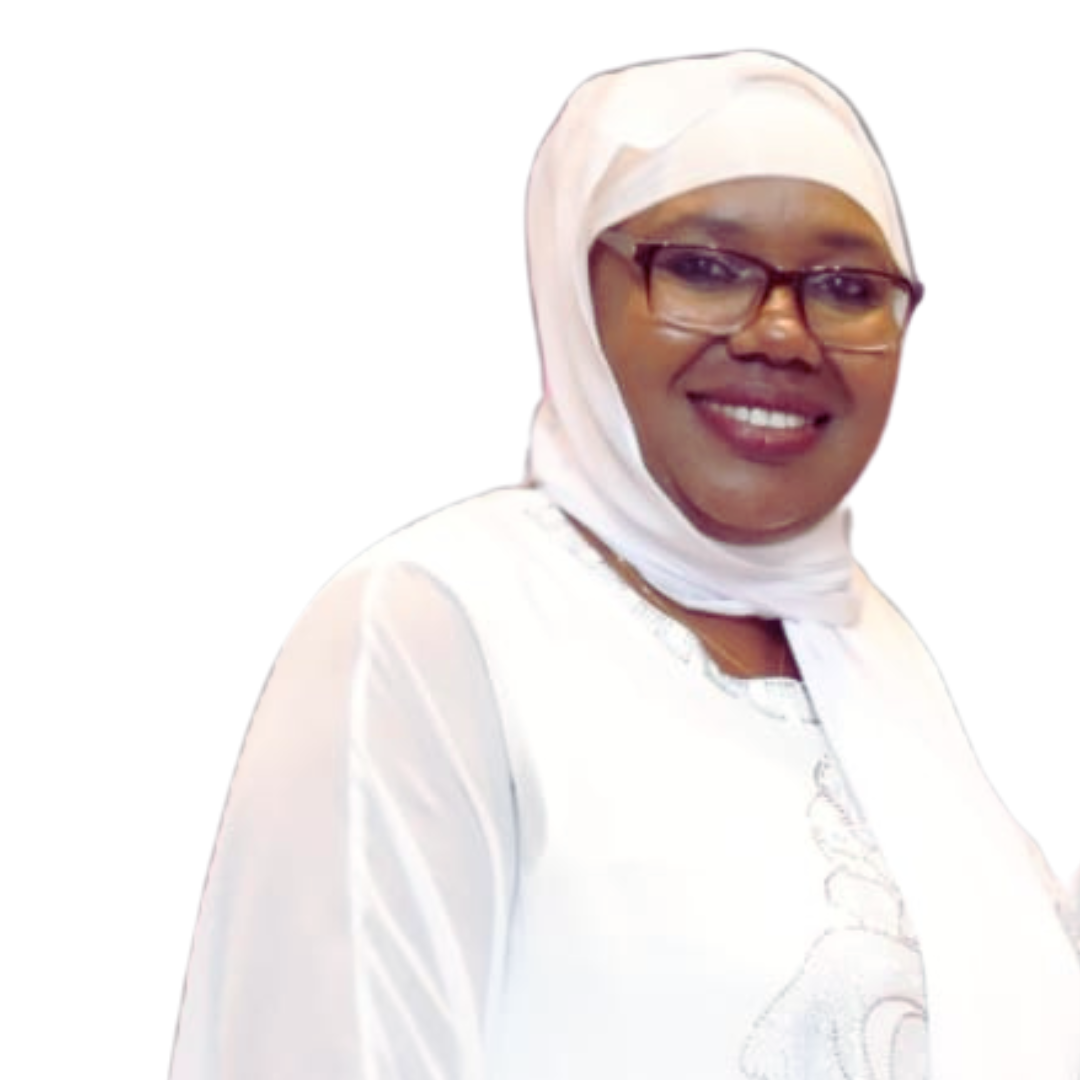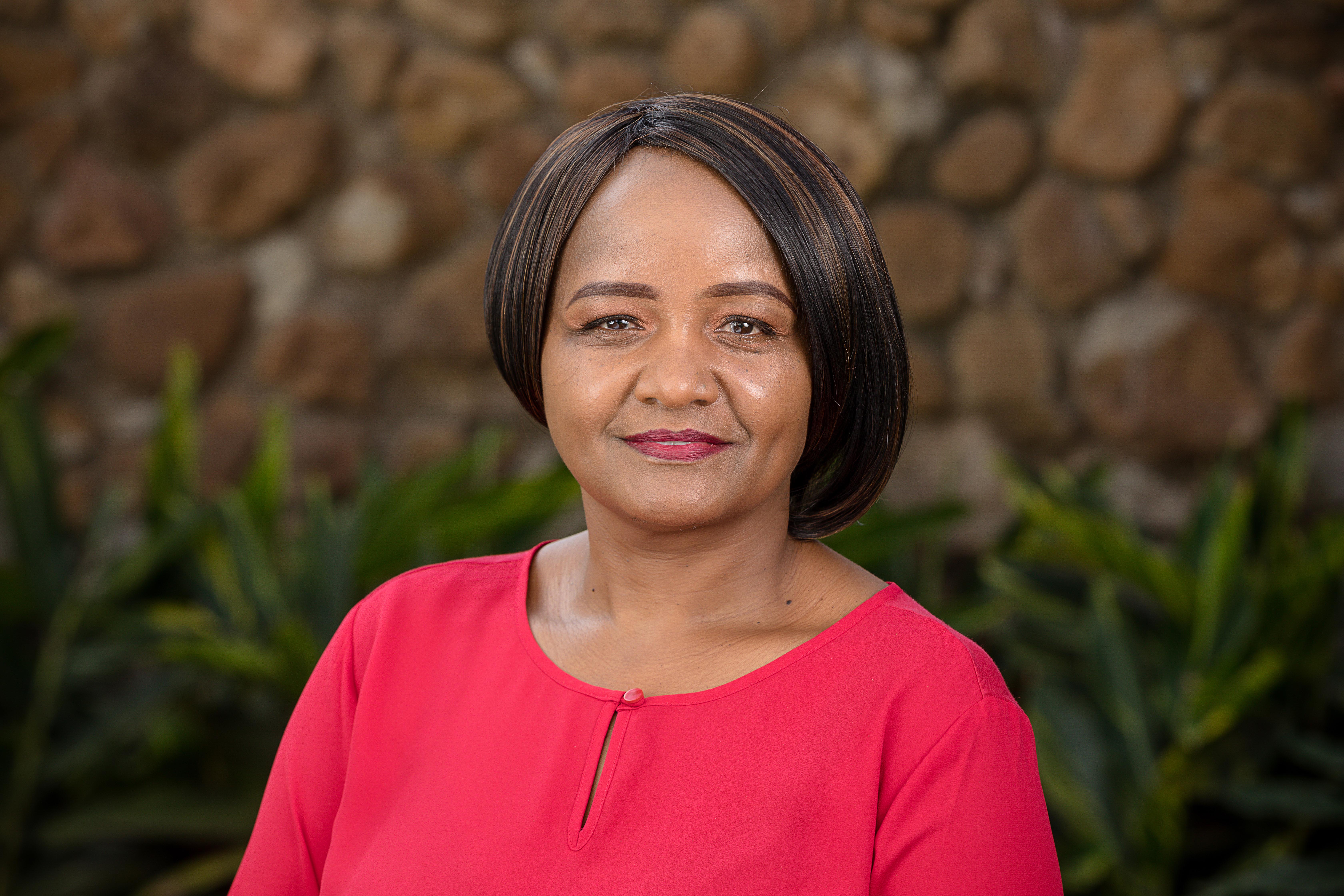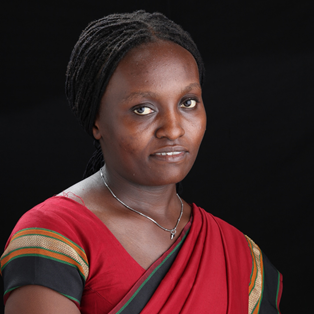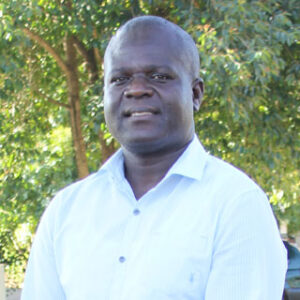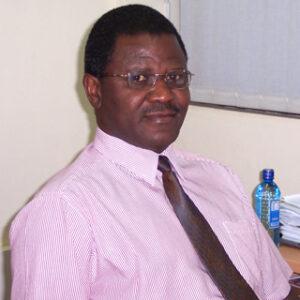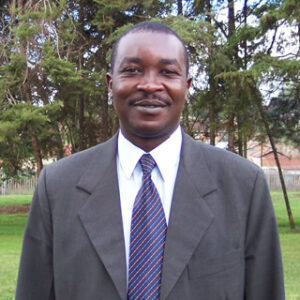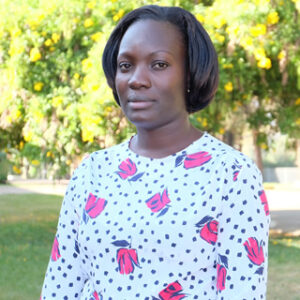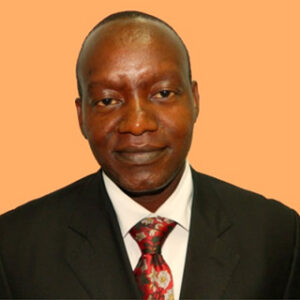Kenyan farmers, impressed by the high yields realized in GMO open field trials, are urging the government to speed up the process of allowing them to access Bt maize.
The farmers say the bountiful returns from the Bt maize reminds them of decades long gone when their parents and grandparents used to harvest large amounts of the crop from their fields.
Speaking during a visit to the Kenya Agriculture and Livestock Research Organization (KALRO) National Performance Trial (NPTs) site in Thika, part of the TELA maize project during an exposure learning tour this week, the farmers expressed their great interest in trying the Bt maize.
The NPTs were planted in October last year and the Thika site demonstrates the performance of Bt maize candidates in comparison with conventional non-Bt and commercial verities.
The TELA maize project builds on progress made from a decade of breeding work under the Water Efficient maize for Africa (WEMA) project. TELA is derived from the Latin word tutela, which means protection or shield. The WEMA project also developed non-GM drought-tolerant hybrid varieties of maize. KALRO is the lead agency on the project in Kenya.
Njeri Kinuthia, a 60-year-old mother of four and a maize farmer in Muranga County who was one of the farmers who visited the site declared during the tour
‘‘When my maize is good, it makes me feel joy. I have learnt that, with my small one acre of land, I can plant maize for my domestic consumption and get a surplus to sell. What has been stopping us is the lack of knowledge that there exists maize variety that slows our challenges. With technology, we can produce more maize and find surplus.’’
Njeri explains that the scientists’ description of how Bt maize is developed from soil-dwelling bacteria corroborates with local farmers’ indigenous knowledge of using the soil to tame stem borers.
‘‘My eyes are now open. Initially, I used to hear about GMOs on the radio, but today I have seen real GMOs. I will reach out to more farmers to tell them what I have learnt. I thought GMOs are chemicals that harm people, but today I have seen it is a crop just like any other,’’ Njeri tells Alliance for Science.
‘‘I thought that GMOs are imports from far away, sealed in a paper with some labels on it. But today, I am surprised to see that GMOs can grow in our own soil just like any other maize. What is GM in maize that has grown in our soil?’’ she asks.
‘‘I am very happy today. For so long, we have grappled with low yields. We did not know that KALRO scientists have developed varieties that address our troubles with persistent pests and diseases. I ask the government to educate more people so that they can see what I have seen because farmers in rural areas are not exposed to the knowledge that there are crops out there with such high yields,’’ Njeri adds.
Jane Wambui, another farmer in Kiambu County who was among the farmers in the Thika KALRO NPTs exposure learning describes Bt maize as “smart, healthy, with strong stems, good yields, and with ears that do not open up quickly to allow toxins such as aflatoxins to spread in the maize.”
“Maize has many enemies including the fall armyworm, stem borers, and aflatoxin. Previously we found the fall armyworm on leaves but these days we also find them in the stems and even during harvesting she observes.
‘‘With Bt technology, I don’t see such pests. It is not like the current maize crop in my farm discoloured and badly ruined by stem borers. The untruths some people talk about GMOs is a lie, it is just a myth,’’ Wambui adds.
‘‘I could not afford chemicals, which are so expensive and often results in more losses, so I used ash and soil to tame the pests. Thankfully, today I have seen that with Bt maize, I do not need to use chemicals. I am anxious for the government to allow us to cultivate the crop.’’
‘‘My request is for us to be allowed to access Bt maize before the rains start for the next planting season, hopefully by the beginning of March. If it was available here today, I would have bought the seed to go and plant in my three-acre farm.”
Wambui recalls her experiences from poor yields. ‘‘We are told to put at least three seeds in one hole so that in case some fail, we may be lucky that one may yield something.’’
John Kamau from Muranga County says: ‘‘I have seen today is that when I will be able to plant Bt maize, it will improve my yields and help me fight pests and diseases.’’ With enough beans and maize, we cannot go hungry, again, and it will also be easier to sell the crop.”
James Karanja, the principal investigator of the TELA maize project, says the Kenya Plant Health Inspectorate Service (KEPHIS) is already collecting and analysing the data before making recommendations based on the efficacy of the technology viz the non-Bt and commercial varieties.
KEPHIS will then recommend the variety for commercialization before the Kenya National Biosafety Authority (NBA) grants commercial approval and issue a license allowing seed companies to distribute seeds to farmers.
NPTs will be harvested in March for KEPHIS to present a report in April. Farmers should be able to access the seed by August, says Karanja.
KALRO Senior Principal Research Scientist Dr Murenga Mwimali says in confined field trials, restrictions such as wearing lab coats, gumboots and disinfecting liquids make farmers feel uncomfortable. However, with limited release across the country, the trials are not only in open spaces but also within communities at KALRO centres, making farmers speed up demand.
‘‘I have observed with religious leaders and private sector players that farmers are always packed around Bt maize varieties. This is quite encouraging. The government should give farmers a chance to use the tech to protect their yields from losses from stem borers and fall armyworm,’’ Mwimali says.
“As they see the maize, they want the seed like yesterday. Farmers are very ready. The solution is already here with us.”
Verenardo Meeme is a science journalist and contributor for the UK-based Science and Development Network. This article was featured on Citizen Digital.

